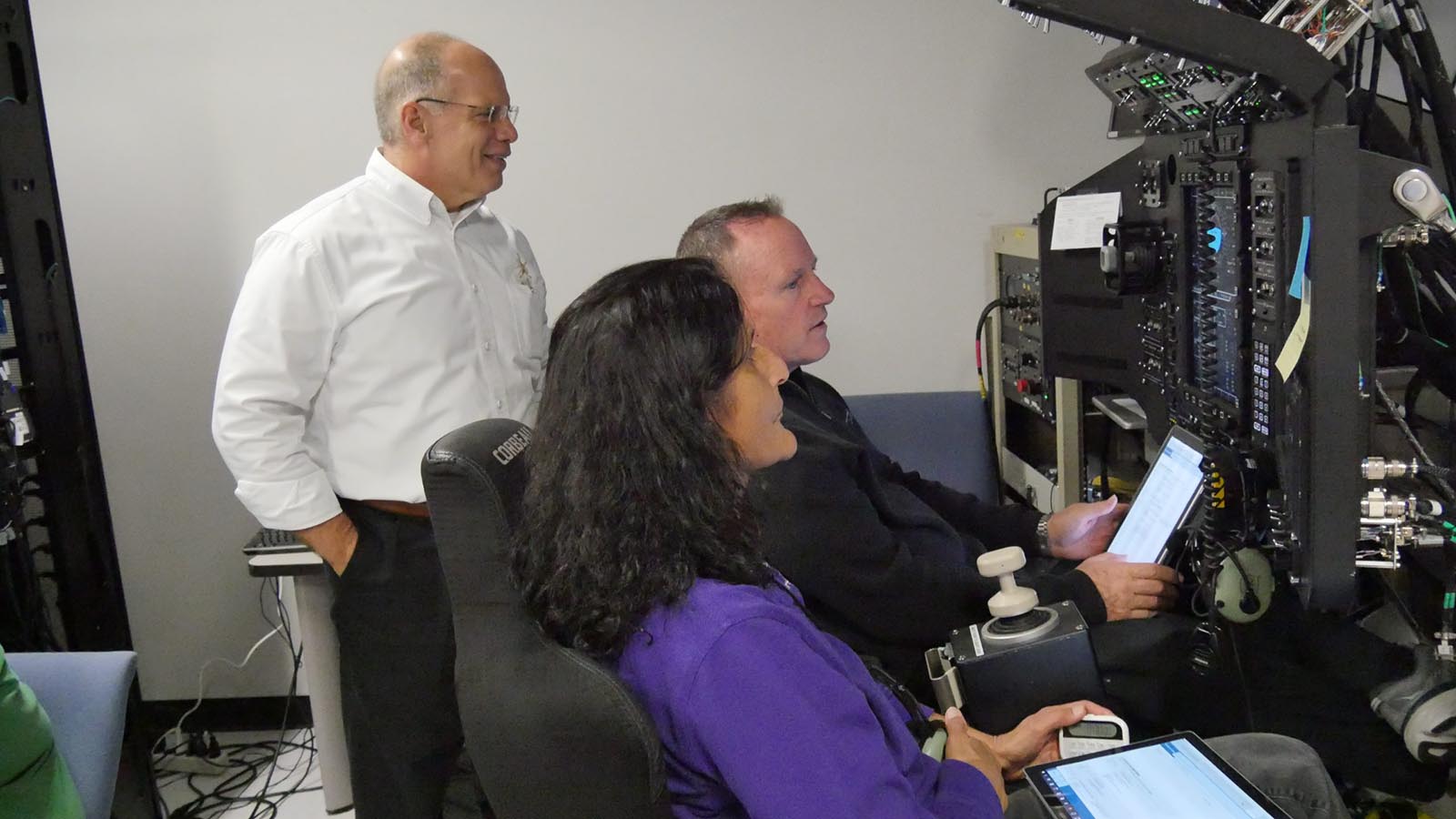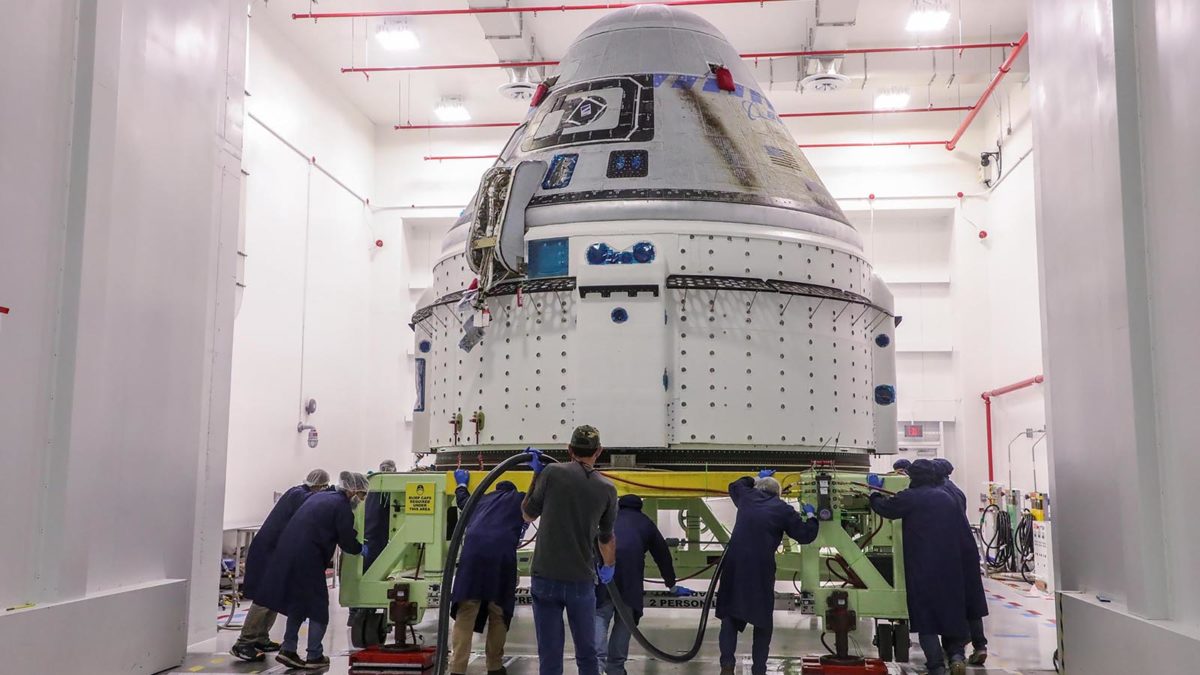Test time for Starliner
By Cat Hofacker|March 2023
When Boeing wheeled a Starliner crew capsule and its service module into the Hazardous Processing room at NASA’s Kennedy Space Center in February, the move set up what NASA must surely hope will become one of the space industry’s greatest comeback stories.
By now, Boeing was supposed to be regularly launching astronauts to the International Space Station under NASA’s plan to alternate crew flights between it and SpaceX. Competition between the two service providers was meant to give NASA leverage to negotiate lower fares while ensuring that a U.S. company would be ready to fill in if one of companies’ services were knocked offline. Perhaps most importantly, any flights of Americans on Russian Soyuz capsules would become a matter of choice rather than desperation.
Things have not gone as planned. Boeing is six years late in its bid to send astronauts up on a Starliner. Without those capsules in the mix, if something goes wrong with SpaceX’s Crew Dragons, NASA would face a choice of whether to buy or barter for additional Soyuz seats even as the U.S. calls for strong international sanctions against Russia because of its invasion of Ukraine and the ongoing war.
By delivering American astronauts Sunita Williams and Barry Wilmore to the station in April and meeting NASA’s performance requirements, Boeing would stand to earn the coveted human rating for its Starliner design and make a strong pivot in the right direction for a troubled program.
Achieving that depends, in part, on final preparations that will be made in the Hazardous Processing room. For in-space maneuvering by 20 of its thrusters, Starliner’s service module must be loaded with hydrazine fuel and a source of oxygen for ignition, specifically nitrogen tetroxide oxidizer, the substance blamed for foiling a planned 2021 attempt to launch an uncrewed Starliner to ISS. With the rocket, capsule and service module on the pad in Florida, Boeing and NASA discovered that the valves in the maneuvering thrusters would not open. Boeing later determined that the valves had corroded when nitrogen tetroxide leaked from propellant lines through Teflon seals on the valves and mixed with the humid Florida air.
Boeing plans to redesign the thrusters and other propulsion components after Starliner receives NASA’s human-rating certification, but for April’s Crewed Test Flight, it will rely on procedural changes and a protection system put in place after the 2021 attempt. Just as they did last May when an uncrewed Starliner at least reached ISS and returned home, technicians will reduce the amount of time the oxidizer is in close contact with the valves by waiting until 60 days before launch to fuel up the spacecraft. They also will put a covering over each valve and pump in dry nitrogen gas to purge any moisture, then add additional sealant around the connectors that conduct the electrical current that opens and closes the valves.
“We are much more confident today with the mitigation that we’ve put in place,” Mark Nappi, Boeing’s Starliner program manager, said in a February press conference.
Preparations for the April launch will also include the same process of more extensive testing and reviewing of Starliner’s flight software that was put in place after the first attempt to send an uncrewed Starliner to ISS. That mission ended prematurely in December 2019 when software errors prompted the capsule’s flight computer to set its mission clock to an incorrect time. Once on orbit, the capsule fired its maneuvering thrusters too early and expended too much fuel to reach ISS.
Meanwhile, astronauts Williams and Wilmore must conclude their training. This included a December trip to Boeing’s Houston facility, where they rehearsed the mission on simulators from launch to landing. Unlike the Crew Dragons that splash down in the Atlantic Ocean, after undocking from ISS, Starliner will fall under parachutes and land in the desert at White Sands Test Range in New Mexico, cushioned by airbags.
“I think they feel very comfortable with our hardware and our processes going forward, so we’re looking forward to continuing those simulations and those training events and that dialogue until we get to launch day,” Nappi said.
Staff reporter Paul Brinkmann contributed to this report.
Related Topics
Human Spaceflight








